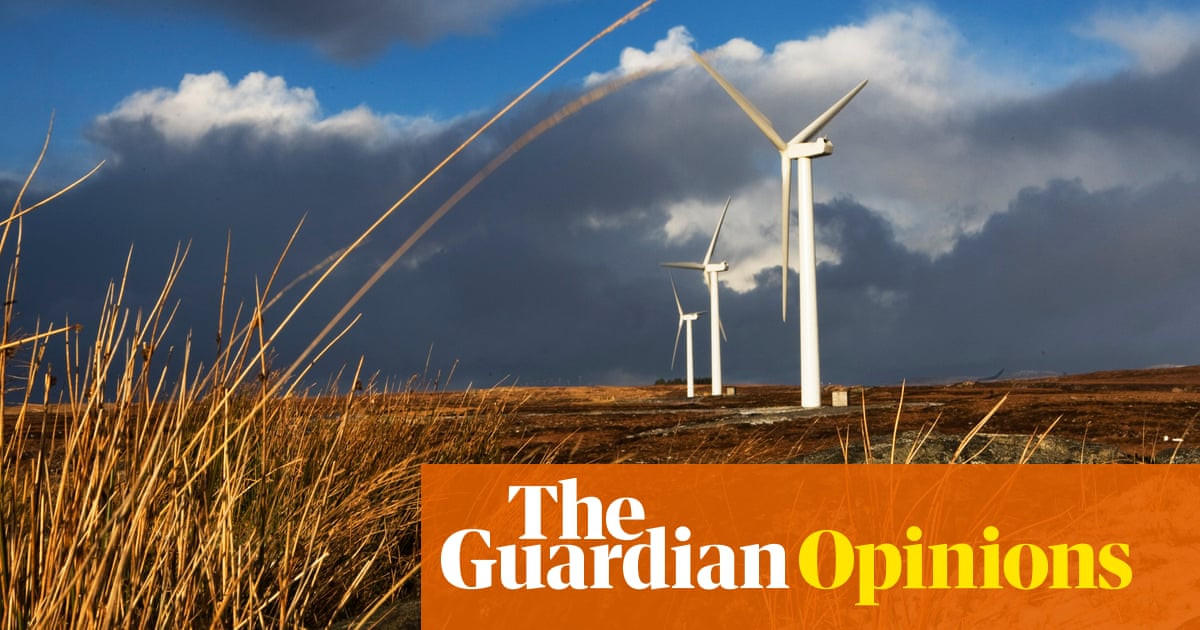Global temperatures could break heat record in next five years | Climate crisis

There is an 80% chance that global temperatures will break at least one annual heat record in the next five years, raising the risk of extreme droughts, floods and forest fires, a new report by the World Meteorological Organization (WMO) has shown.
For the first time, the data also indicated a small likelihood that before 2030, the world could experience a year that is 2C hotter than the preindustrial era, a possibility scientists described as “shocking”.
Coming after the hottest 10 years ever measured, the latest medium-term global climate update highlights the growing threat to human health, national economies and natural landscapes unless people stop burning oil, gas, coal and trees.
The update, which synthesises short-term weather observations and long-term climate projections, said there was a 70% chance that five-year average warming for 2025-2029 will be more than 1.5C above preindustrial levels.
This would put the world perilously close to breaking the most ambitious target of the Paris Agreement, an international climate change treaty, though that goal is based on an average over 20 years.
It also reported an 86% likelihood that 1.5C would be passed in at least one of the next five years, up from 40% in the 2020 report.
In 2024, the 1.5C threshold was breached on an annual basis for the first time – an outcome that was considered implausible in any of the five-year predictions before 2014. Last year was the hottest in the 175-year observational record.
Underscoring how rapidly the world is warming, even 2C is now appearing as a statistical possibility in the latest update, which is compiled by 220 ensemble members from models contributed by 15 different institutes, including the UK’s Met Office, Barcelona Supercomputing Centre, the Canadian Centre for Climate Modelling and Analysis, and Deutscher Wetterdienst.
The likelihood of 2C before 2030 is tiny – about 1% – and would require a convergence of multiple warming factors, such as a strong El Niño and positive Arctic Oscillation, but it was previously considered impossible in a five-year timeframe.
“It is shocking that 2C is plausible,” said Adam Scaife of the Met Office, which played a leading role in compiling the data. “It has come out as only 1% in the next five years but the probability will increase as the climate warms.”
The impacts will not fall equally. Arctic winters are predicted to warm 3.5 times faster than the global average, partly because sea ice is melting, which means snow falls directly into the ocean rather than forming a layer on the surface to reflect the sun’s heat back into space. The Amazon rainforest is predicted to suffer more droughts while south Asia, the Sahel and northern Europe, including the UK, will see more rain.
after newsletter promotion
The Met Office’s Leon Hermanson, who led the production of the report, said 2025 is likely to be one of the three warmest years on record.
Chris Hewitt, director of climate services at the WMO, described a “worrying picture” for heatwaves and human health. However, he said it was still not too late to limit warming if fossil fuel emissions are cut.
“We must take climate action,” he said. “1.5C is not inevitable.”
Source link







